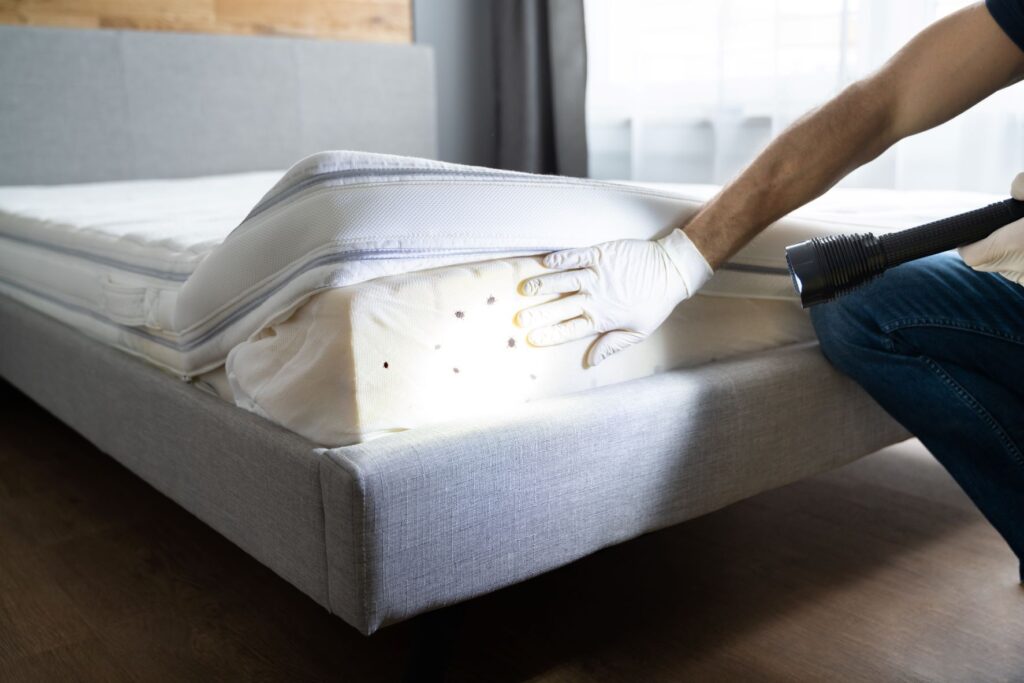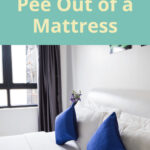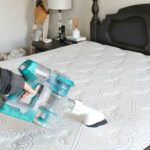Do you have a mattress with bed bugs in your home and aren’t sure how to safely dispose of it? This article will provide you with a step-by-step guide on how to dispose of a mattress with bed bugs safely. We will discuss the various methods of disposal, the importance of using protective gear, and the necessary precautions to take to ensure that the bed bugs do not spread. By the end of this article, you will have the knowledge and tools to safely dispose of your mattress with bed bugs.
What are Bed Bugs?
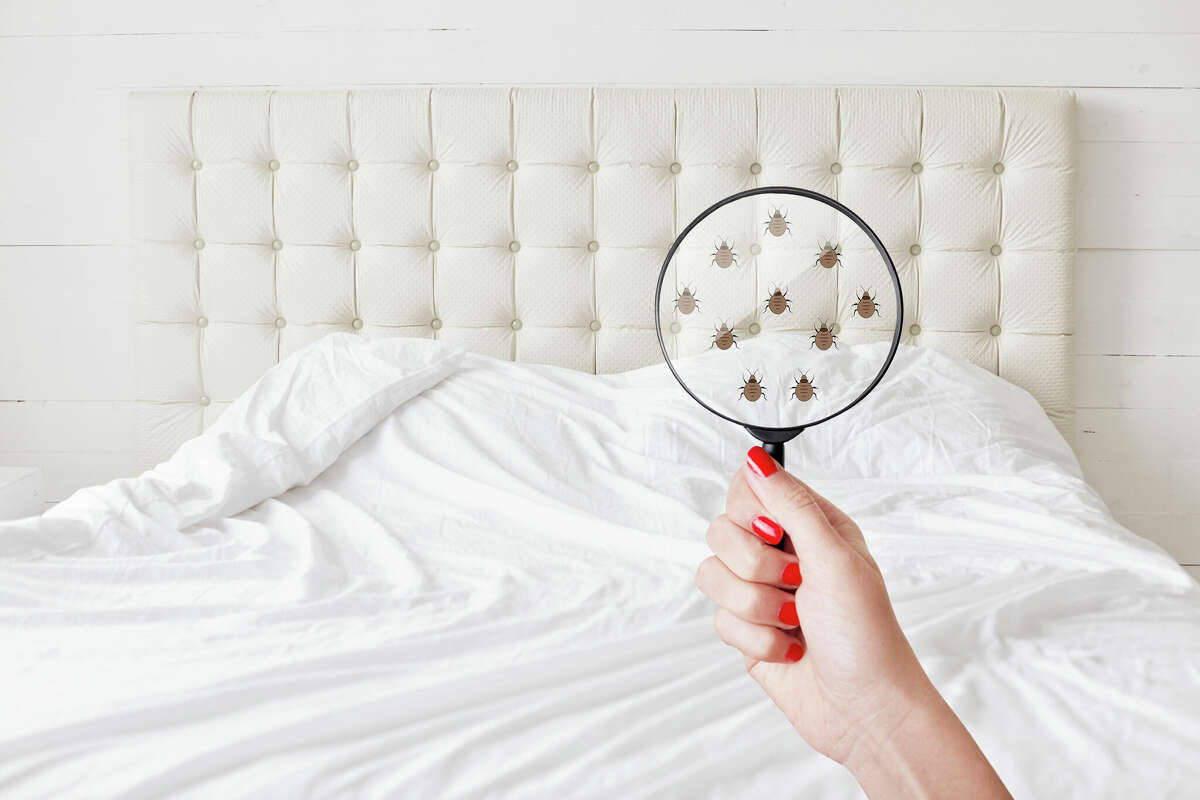
Bed bugs are small, wingless insects that feed on human blood. They are usually found in places where humans sleep, such as beds, mattresses, and furniture. Bed bugs can hide in cracks and crevices, and lay eggs in fabrics, furniture, and other items. Bed bug bites cause itchy, painful rashes and can be easily spread from one person to another.
Bed bugs can be difficult to get rid of, so it’s important to act quickly if you suspect bed bugs in your mattress. If you have bed bugs in your mattress, you should dispose of it as soon as possible to prevent the spread of these pests.
Follow this step-by-step guide to safely dispose of a mattress with bed bugs:
- Vacuum the mattress thoroughly to remove any bed bugs or eggs.
- Wrap the mattress in plastic wrap or a mattress bag to prevent the bed bugs from spreading.
- Dispose of the mattress in an outdoor trash can.
- Take steps to prevent bed bugs from returning, such as cleaning and vacuuming regularly.
Bed Bug Identification
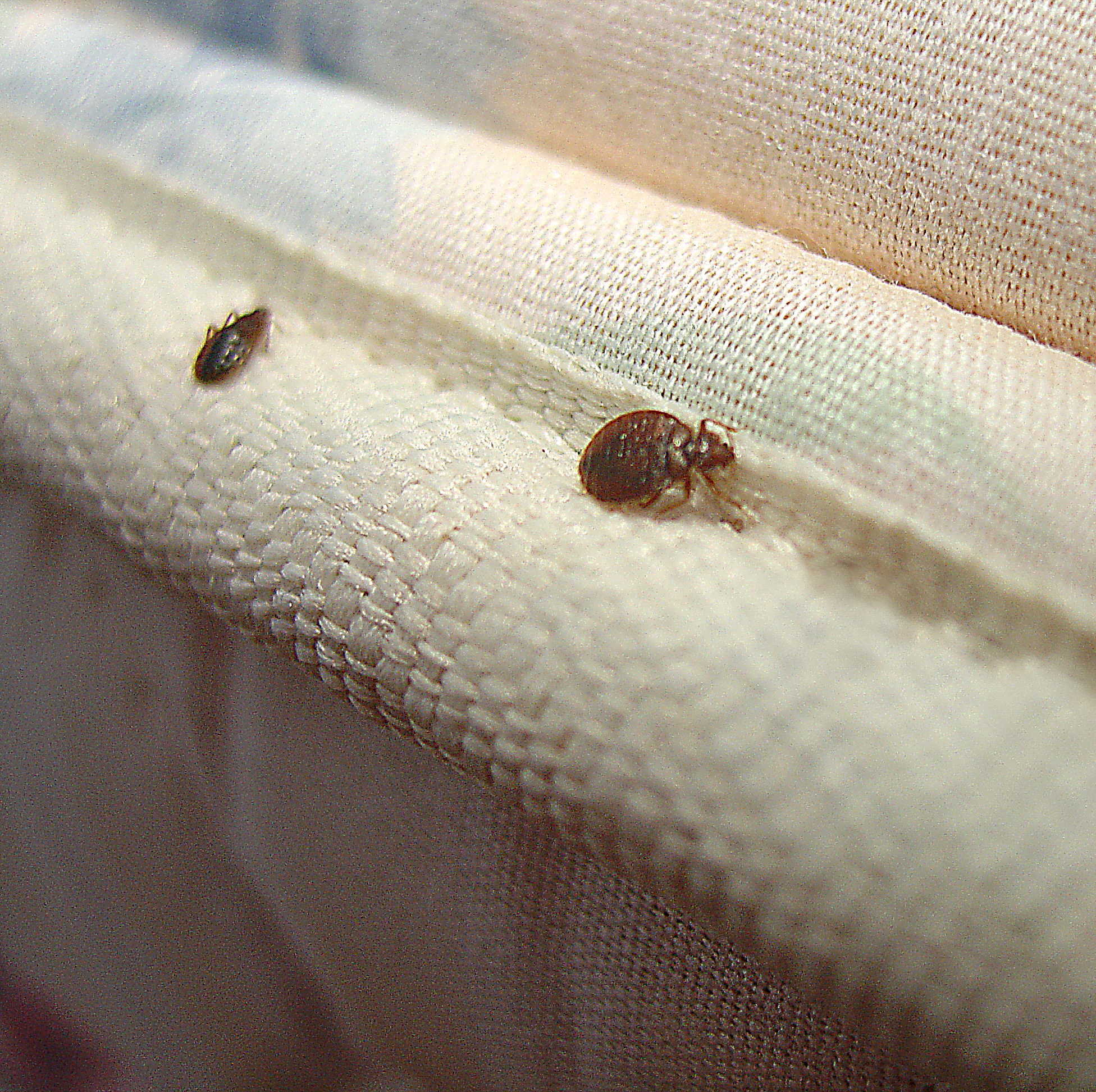
Before disposing of a mattress with bed bugs, it is important to accurately identify the presence of bed bugs.
- Check the mattress, bedding, and box spring for signs of bed bugs, including live or dead bed bugs, eggs, and/or droppings.
- Pay close attention to seams, tufts, labels, and edges of the mattress and box springs.
- Look for any rusty or reddish stains from bed bug excrement on sheets, mattresses, and box springs.
- Check for eggs and eggshells, which are tiny (about 1mm) and pale yellow skins that nymphs shed as they grow larger.
- Be aware that bed bugs can also hide in cracks and crevices in and around the bed frame, headboard, and walls.
If evidence of bed bugs is found, it is important to take safety precautions before disposing of the mattress and other infested items.
Steps for Safely Disposing of a Mattress with Bed Bugs
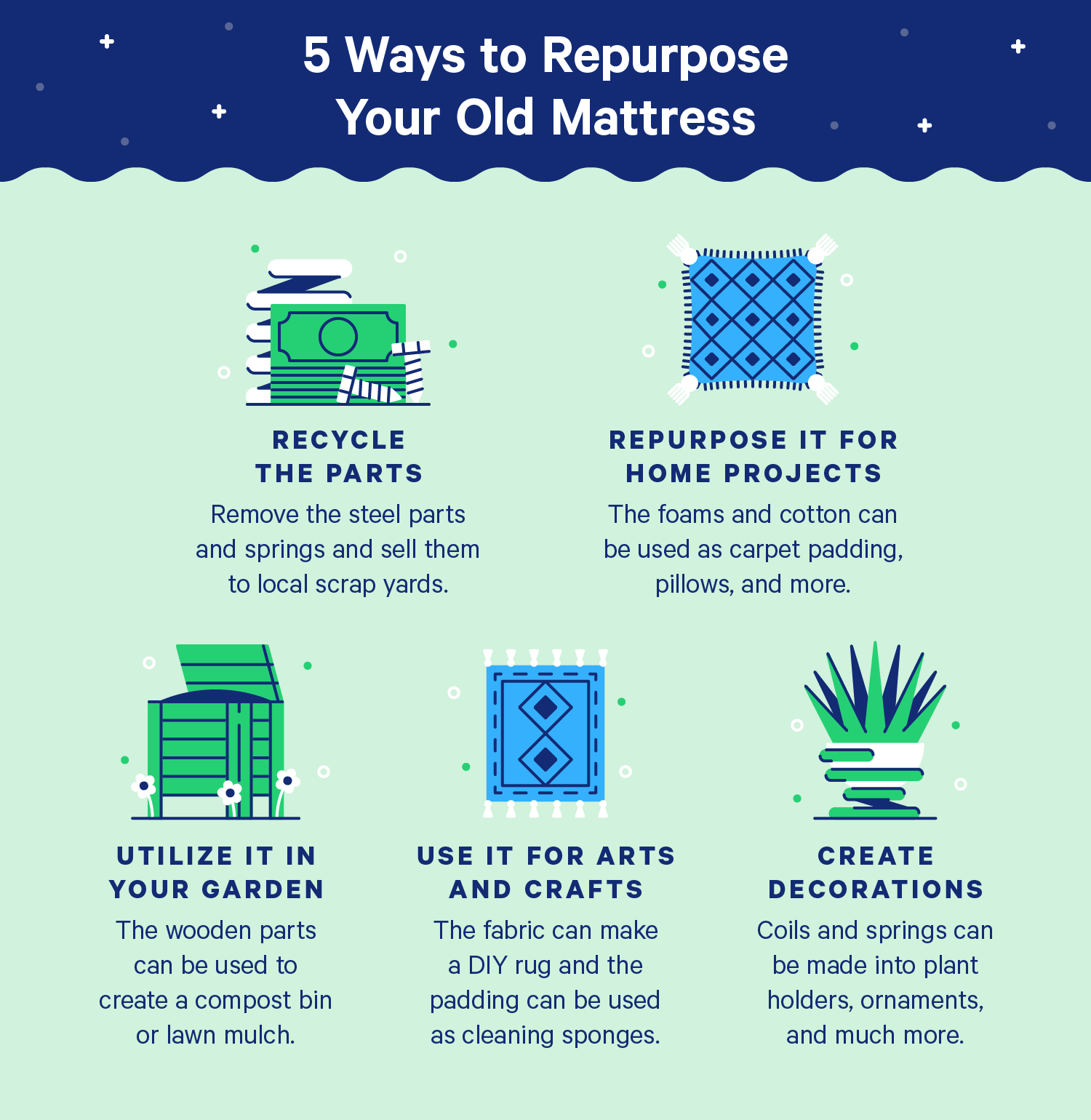
Wear Protective Gear
It is important to wear protective gear such as gloves, masks, and eye protection when disposing of a mattress with bed bugs. This will help prevent exposure to the bed bugs, which can cause skin irritation and eye infections.
Prepare the Mattress for Disposal
The mattress must be sealed in plastic before disposal. This will help contain the bed bugs and prevent them from spreading. Remove any loose items from the mattress and vacuum it to remove any remaining bed bugs.
Dispose of the Mattress
The mattress should be taken to a landfill or other disposal facility that is properly equipped to handle bed bug infested mattresses. Be sure to follow all safety protocols and guidelines when disposing of the mattress.
Preventing Further Spread of Bed Bugs
Bed bugs can spread quickly and cause a lot of damage and discomfort. To prevent further spread, it is important to take the right steps when disposing of a mattress with bed bugs.
| Steps | Actions |
|---|---|
| 1 | Encase the mattress in a sealed plastic bag or mattress encasement. |
| 2 | Clean and vacuum any adjacent areas, including carpets, furniture, and walls. |
| 3 | Dispose of the mattress and encasement in a sealed bag in an outdoor trash bin. |
| 4 | If possible, use heat to kill any remaining bed bugs or eggs. |
| 5 | Wash all bedding, rugs, and other items in hot water and dry on the highest setting. |
| 6 | Check other areas of the house for signs of bed bugs. |
By taking these steps, you can help prevent further spread of bed bugs and reduce the risk of infestation in your home.
Frequently Asked Questions
Is it Possible to Safely Dispose of a Mattress with Bed Bugs Without Professional Help?
It is possible to safely dispose of a mattress with bed bugs without professional help, but it requires preparation and planning. Start by preparing the mattress for disposal. Remove and discard the mattress cover, then enclose the mattress in a heavy-duty plastic bag. Secure the bag with duct tape. Seal any tears or holes in the bag to prevent bed bugs from escaping. Place the bagged mattress in a secure, dry location until it is ready to be disposed of. Dispose of the mattress at a local waste management facility that is equipped to accept hazardous materials. Alternatively, hire a professional mattress disposal service.
Are there any special precautions to take when dealing with bed bugs?
Yes, there are several precautions to take when dealing with bed bugs.
- Wear protective clothing, such as long pants, long-sleeved shirts, gloves, and face masks.
- Vacuum the mattress and its surroundings to remove bed bugs and their eggs.
- Clean and sanitize the area with a strong cleaning solution.
- Encase the mattress in a mattress bag and seal it tightly.
- Dispose of the mattress immediately at an appropriate waste disposal site.
- Wash and dry all bedding and clothing in hot water and on high heat.
- Steam clean or spray the mattress with a pesticide to kill any remaining bed bugs.
What is the Best Way to Protect Yourself from Further Infestation When Disposing of a Mattress with Bed Bugs?
1. Cover the Mattress: Cover the mattress with a plastic bag or mattress encasement to prevent the bed bugs from spreading.
2. Seal the Encasement: Securely seal the mattress encasement with duct tape, making sure the bed bugs can’t escape.
3. Wear Protective Clothing: Wear long, protective clothing and gloves to avoid contact with the bed bugs.
4. Dispose of Carefully: Dispose of the mattress in a sealed plastic bag or mattress encasement. Do not leave the mattress in public spaces as it may be re-infested by other bed bugs.
5. Clean the Area: Vacuum and wash the area around the mattress to remove any remaining bed bugs.
What advice do professionals give for safely disposing of a mattress with bed bugs?
- Wear Protective Clothing: When disposing of a mattress with bed bugs, it is important to wear protective clothing such as gloves, long sleeves, and a face mask to prevent thespread of bed bug infestation.
- Double Bag the Mattress: The mattress should be double-bagged in plastic, sealed tightly, and labeled as “contaminated” to alert waste management personnel of the potential hazard.
- Dispose of Mattress Properly: The mattress should be disposed of properly at a designated waste facility. It is advisable to call your local waste management agency for more information about mattress disposal.
- Clean The Bedroom: Ensure to clean the bedroom thoroughly, including furniture and walls, to remove any remaining bed bugs. Vacuum the entire area and use a steamer to kill the bed bugs and their eggs.
- Enlist Professional Help: It is highly recommended to enlist the help of a professional pest control company to inspect the bedroom, treat the infested area, and prevent further spread of bed bugs.
Are there any additional steps to take to prevent the spread of bed bugs when disposing of a mattress?
Disinfect: Before disposing of the mattress, it is important to disinfect it. Use a disinfectant spray approved for use on mattresses and follow the instructions on the label. Additionally, it is important to make sure that all cracks, crevices, and seams are treated with the spray.
Seal: To ensure that the bed bugs cannot escape, it is important to seal the mattress in a plastic bag. This will also help to prevent other pests from being attracted to the mattress.
Cover: When disposing of the mattress, make sure to cover it with a tarp or plastic material to further prevent the spread of bed bugs.
Dispose Properly: It is also important to make sure that the mattress is disposed of properly. This can be done by taking it to a local landfill or hazardous waste disposal site. It is important to note that some landfills may not accept mattresses with bed bugs, so it is important to check before disposing of the mattress.
Conclusion
Bed bugs can be a frustrating problem to deal with, but it doesn’t have to be overwhelming. By following the proper safety precautions and disposal methods, you can safely and effectively get rid of your mattress and bed bugs. Be sure to contact local waste management facilities to find out the safest way to dispose of your mattress.
